White marble, 150 cm
The sculpture depicts a graceful young woman, covered by a drape that falls elegantly on her hips, caught playing with the water on the shore of a beach. The girl is portrayed laughing and in one hand she holds some delicate roses, while the other is raised in a gesture of surprise. Her hair, gathered in a soft bun, is embellished with a crown of ivy, a symbol of purity; in the center of the crown is a shell, an attribute linked to Venus, making this work a probable homage to the Goddess of Beauty. With one foot she advances on the sand, breaking through the “fourth wall”, almost as if she wanted to escape from the beautiful marble prison that embraces her to enter the real world. This work was created by the sculptor for the Solemn Exhibition of the Society for the Encouragement of Fine Arts in Florence, which took place in 1883.
BIOGRAPHY
Arnaldo Fazzi was born in Lucca in 1855; the son of a watchmaker, he attended the Academy of Fine Arts in his city and then at the age of 22, moved to Florence to perfect his studies with the Sienese sculptor Giovanni Dupré. In 1881 he made his debut with a marble statuette, The Falconer, at the Salon in Paris; it was the beginning of a discreet career, studded with commissions, including public ones, such as the statue dedicated to Garibaldi for a square in Città di Castello in 1888. The following year he took part in a competition for the design of the monument to Ugo Foscolo destined for the Church of Santa Croce in Florence, winning jointly with other artists; despite the praise of the critic Diego Martelli, the commission did not choose his design for the sculpture. In 1891 he took up the post of teacher at the professional school of decorative and industrial arts in Florence; two years later the administration of his hometown commissioned him to create a bronze statue to commemorate the memory of Matteo Civitali, a famous 15th-century sculptor from Lucca, which is still preserved under the porticoes of Palazzo Pretorio. In 1895 he participated in and won the national competition for the funerary monument of the Paduan entrepreneur Antonio Pedrocchi, while the following year he exhibited his project for a decorated concrete fountain at the Mostra di Belle Arti in Florence. In 1900 Fazzi was appointed professor of sculpture at the Accademia di Belle Arti in Lucca, where he trained as a young man; three years later, the institutions of the same city commissioned the sculptor to create a bronze medallion depicting King Umberto I for the atrium of the town hall. In 1904 he completed a marble low relief in the apse of the family chapel of the Marquis Sardini in the cemetery of Lucca and was a member of the provincial committee for the Milan Exhibition of 1906. Further public recognition came following the national competition for the execution of one of the reliefs depicting Fame in the left propylaea of the Vittoriano in Rome and in 1910 he also participated in the competition announced by the Municipality of Genoa for a Monument to the Thousand to be erected on the Quarto rock, winning the cash prize. In the three years that followed, he was remembered as a member of the Artistic Council of the Association of Italian Artists of Palazzo Strozzi in Florence and at the VIII edition of the Exhibition organized by the association, where he presented the bronze sculpture The Angels of sin. After more than three decades of teaching, Fazzi retired to Florence, where he died in 1944.



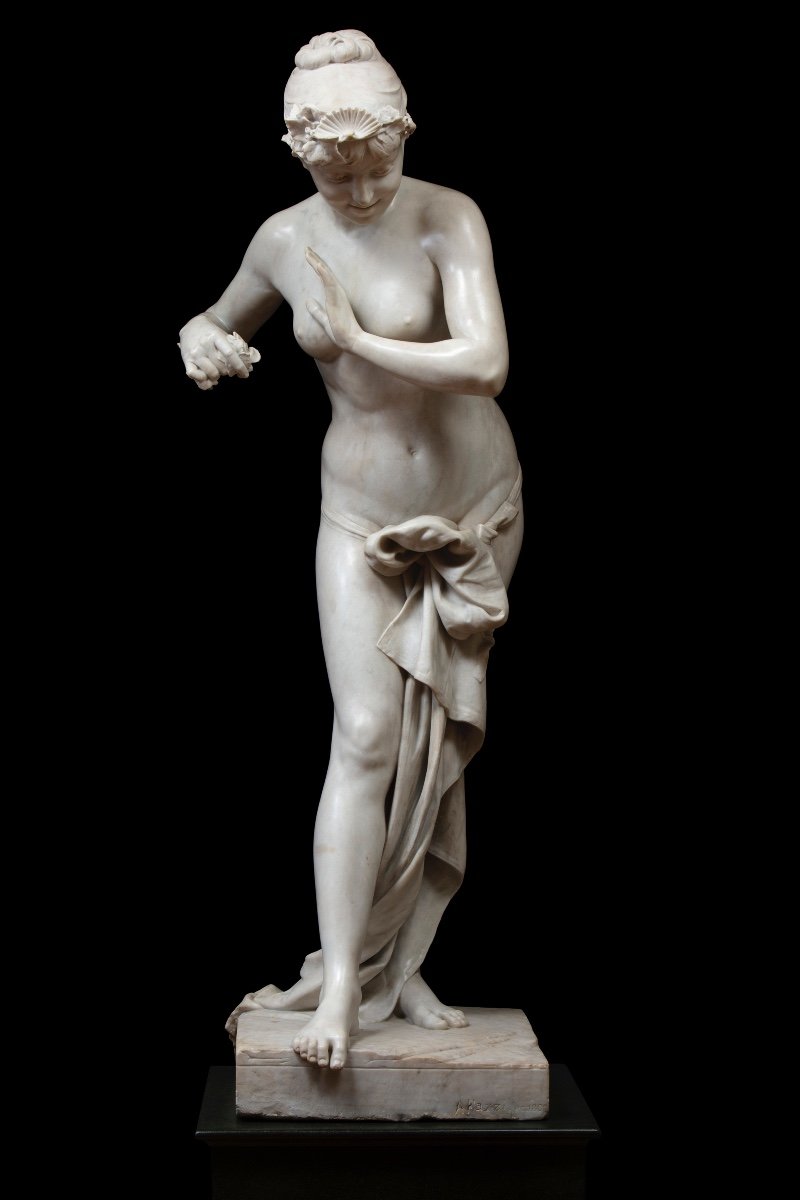
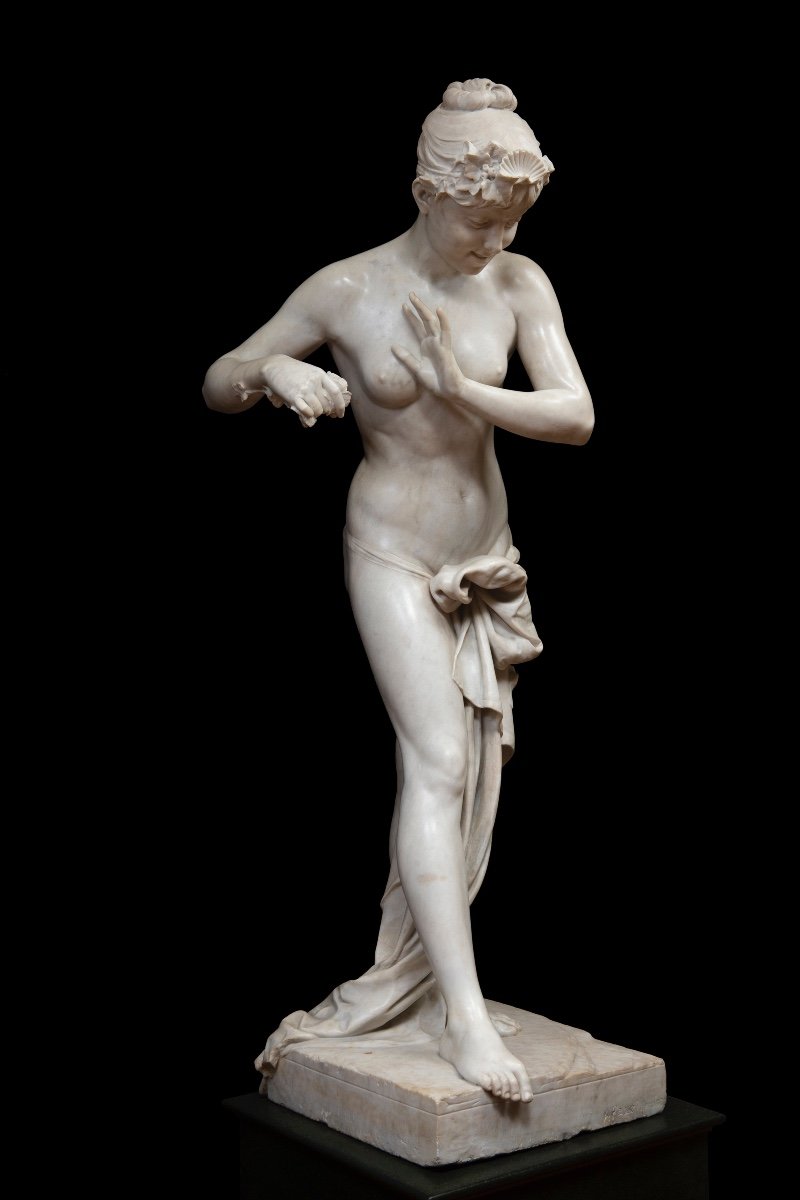

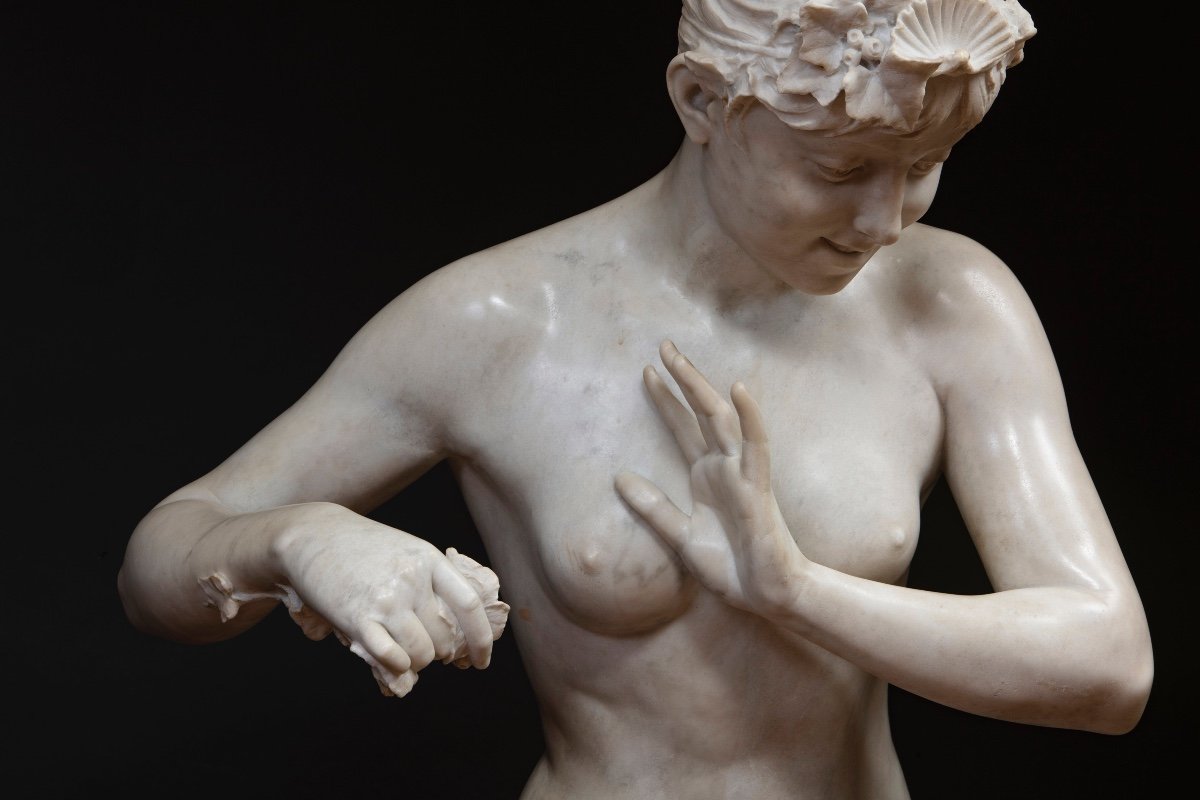
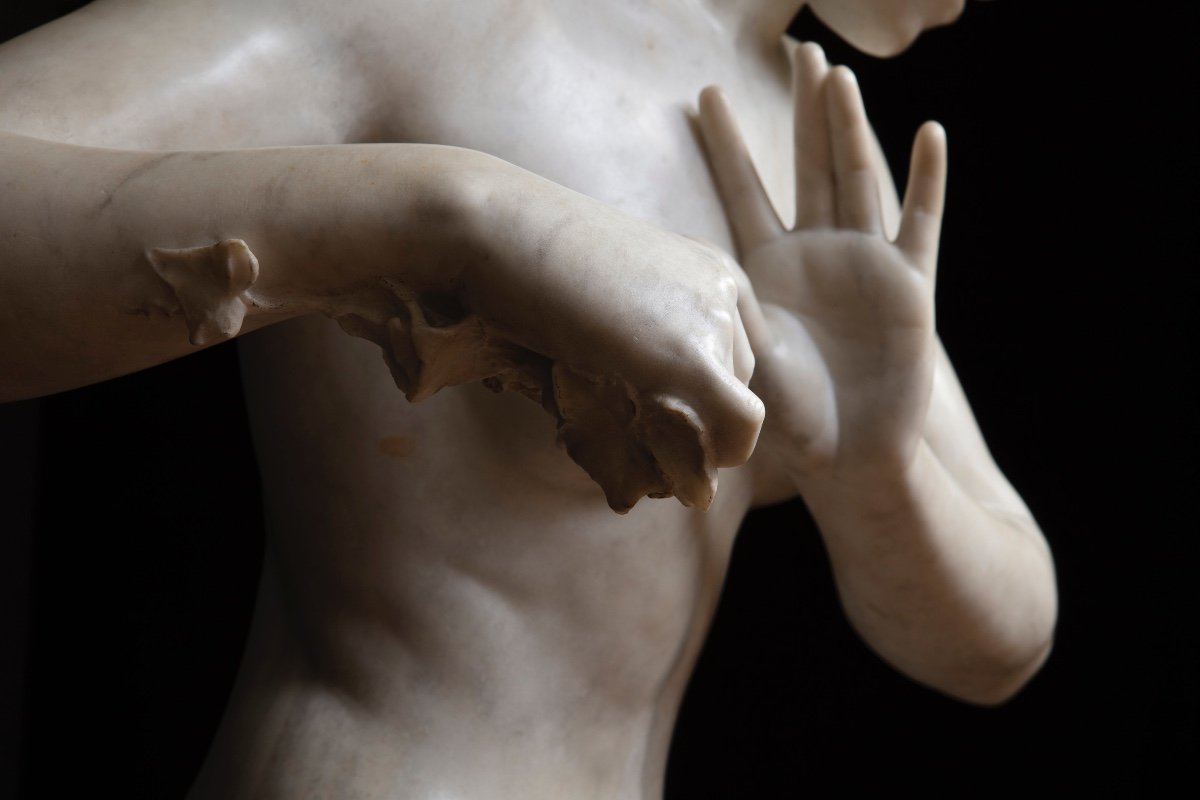


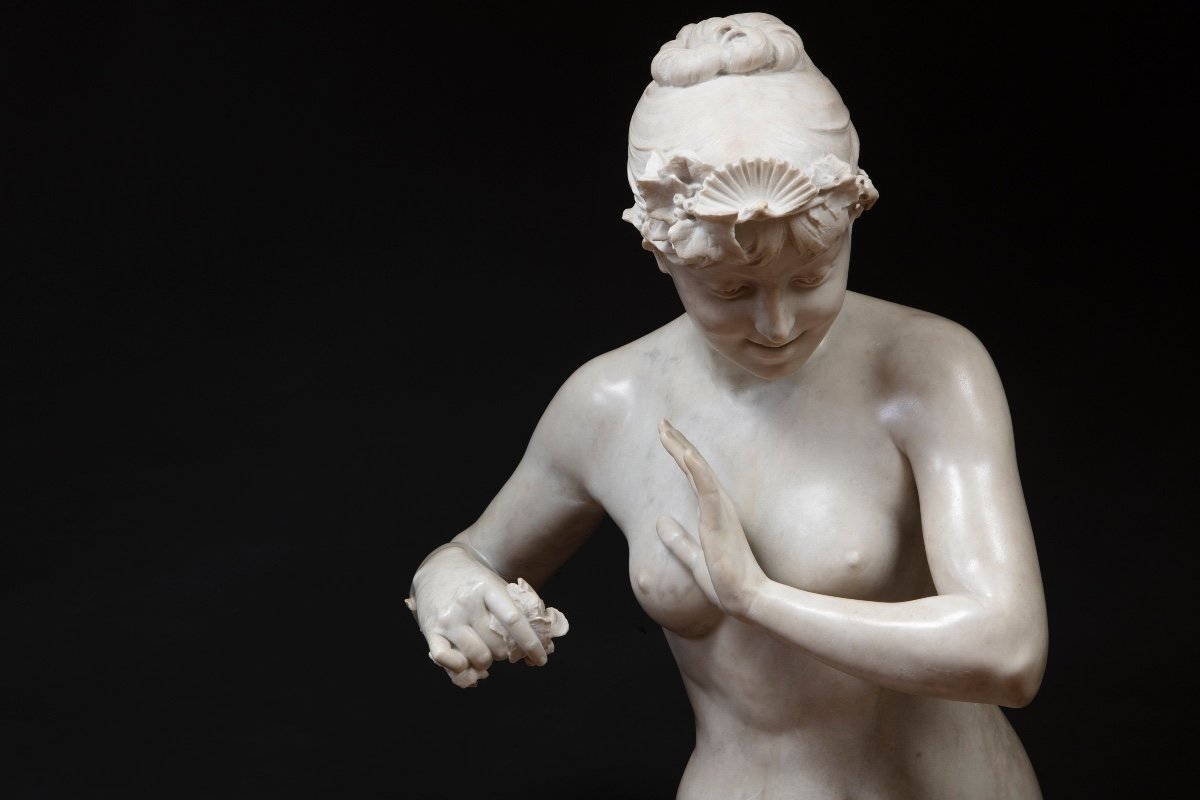

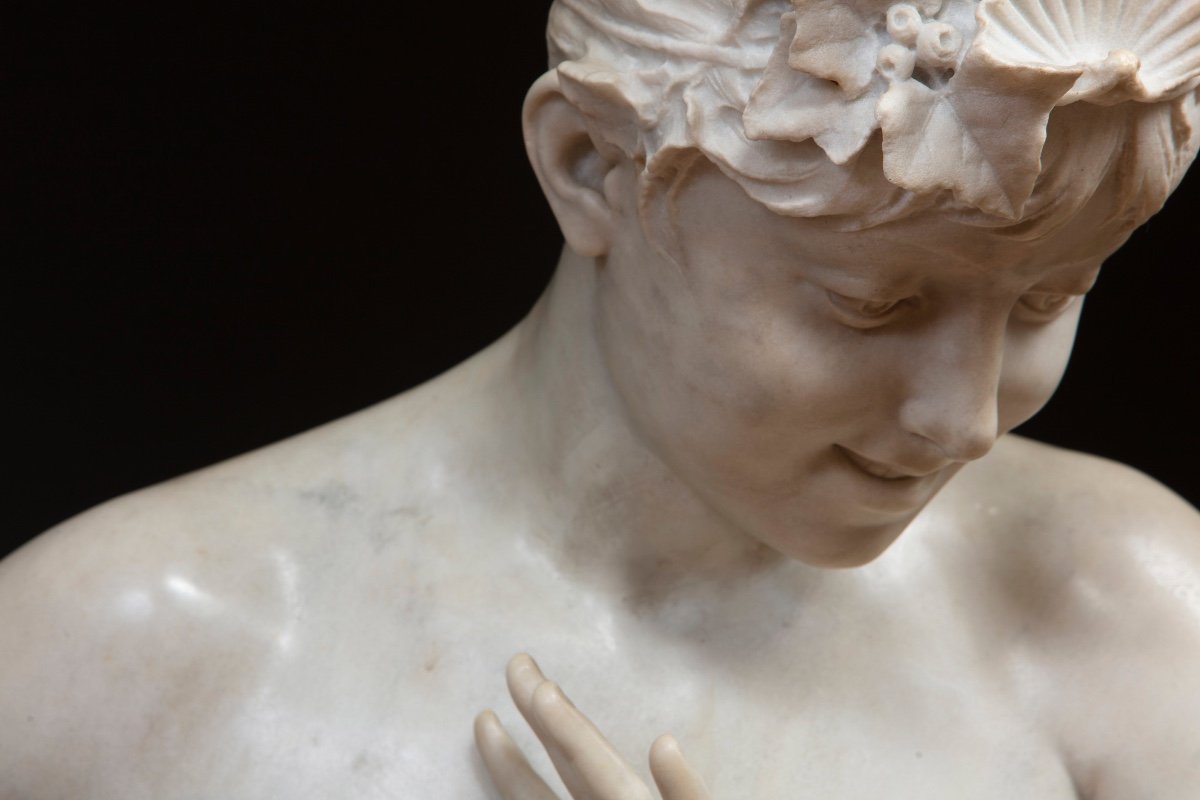








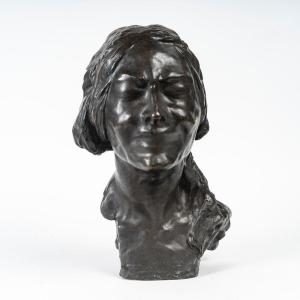
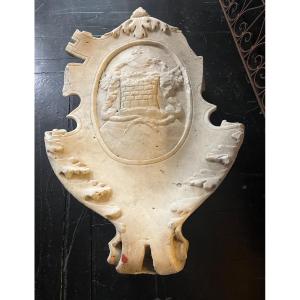
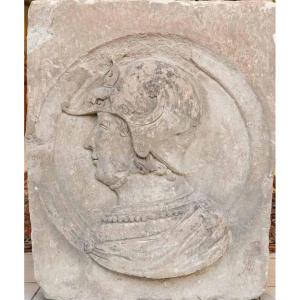
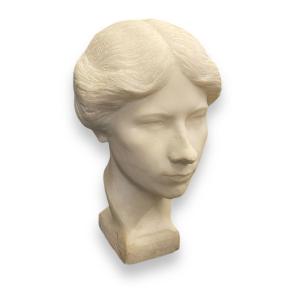




 Le Magazine de PROANTIC
Le Magazine de PROANTIC TRÉSORS Magazine
TRÉSORS Magazine Rivista Artiquariato
Rivista Artiquariato
